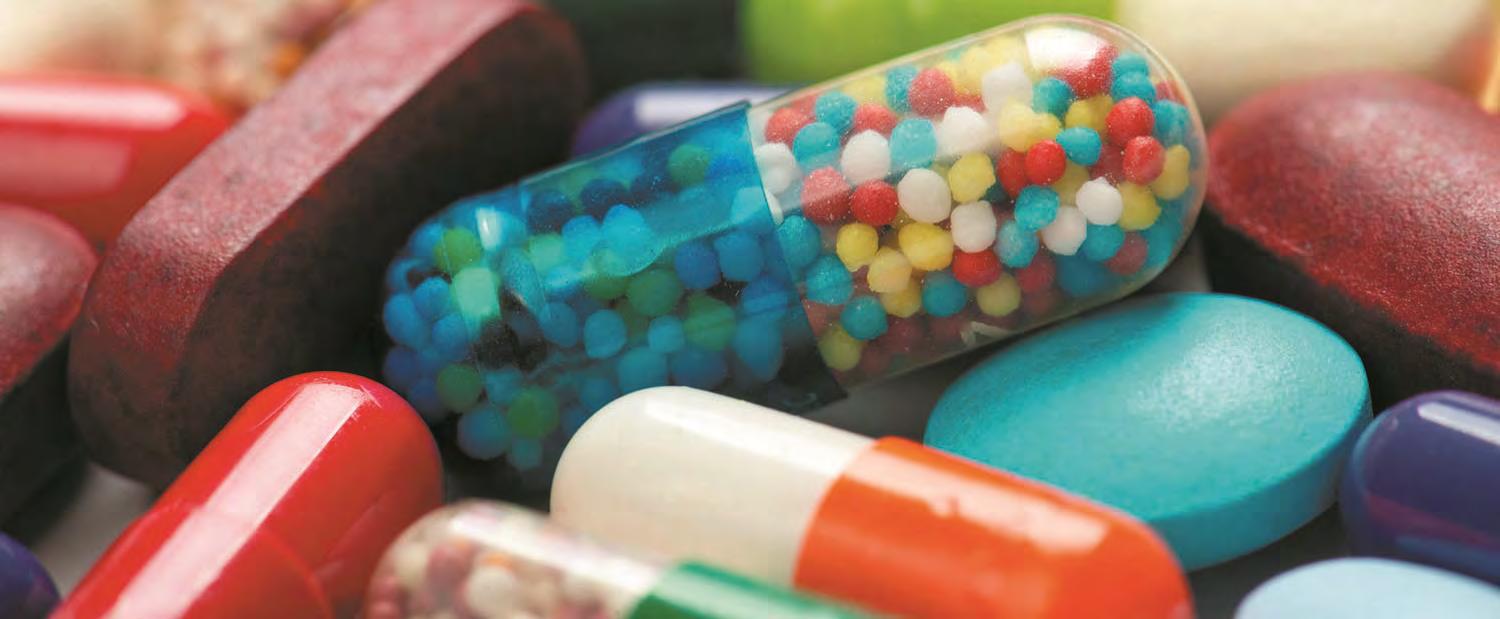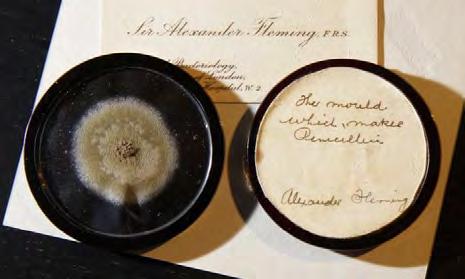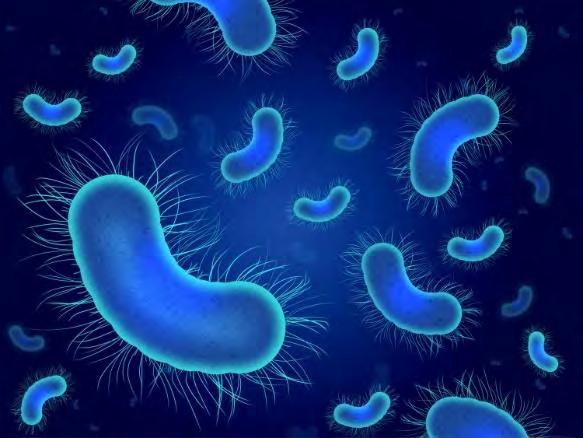
1 minute read
ß lactam antibiotics
Nithisa and Crystal’s project was on ß-lactam antibiotics.
In 1928, Scottish physician and microbiologist Alexander Fleming was investigating the properties of staphylococci bacteria. He had left an uncovered petri dish sitting next to an open window, which had become contaminated with mould spores. Fleming could see that the bacteria close to the mould were dying, shown by the clearing of the surrounding agar jelly. After isolating the mould, he identified the mould as part of the Penicillium genus and found it to be effective against all grampositive bacteria. He later realised that it was in fact a ‘juice’ produced by the mould that had killed the bacteria. And so forth, he named that ‘mould juice’ penicillin. Little did he know that he was the first person to discover antibiotics, but more specifically a type of ß-lactam antibiotic. ß-lactam antibiotics are one of the three largest classes of antibiotics, proven to be very successful in treating bacterial infections.
They are considered bactericidal agents due to their ability to kill bacteria. However, with ß-lactam antibiotics making up 65% of the world’s antibiotic market as of 2004, resistance to it has become a prominent issue.
By considering the components of a bacterial cell wall and its relationship to ß-lactam antibiotics, it is known that this type of antibiotic inhibits peptidoglycan synthesis by irreversibly binding to the transpeptidase enzyme that helps synthesise the cell walls. This leads to high osmotic pressure bursting the bacterium cell wall, leading to its death. However, increase in demand and use of the antibiotics led to rapid resistance being observed in bacteria.
In the future, scientists may develop ßlactam antibiotics with no adverse effects or even discover a new method of attacking bacteria. In the ongoing search for improved ß-lactam antibiotics, scientists must continue to research and publish journals that will contribute to scientific advancements.












